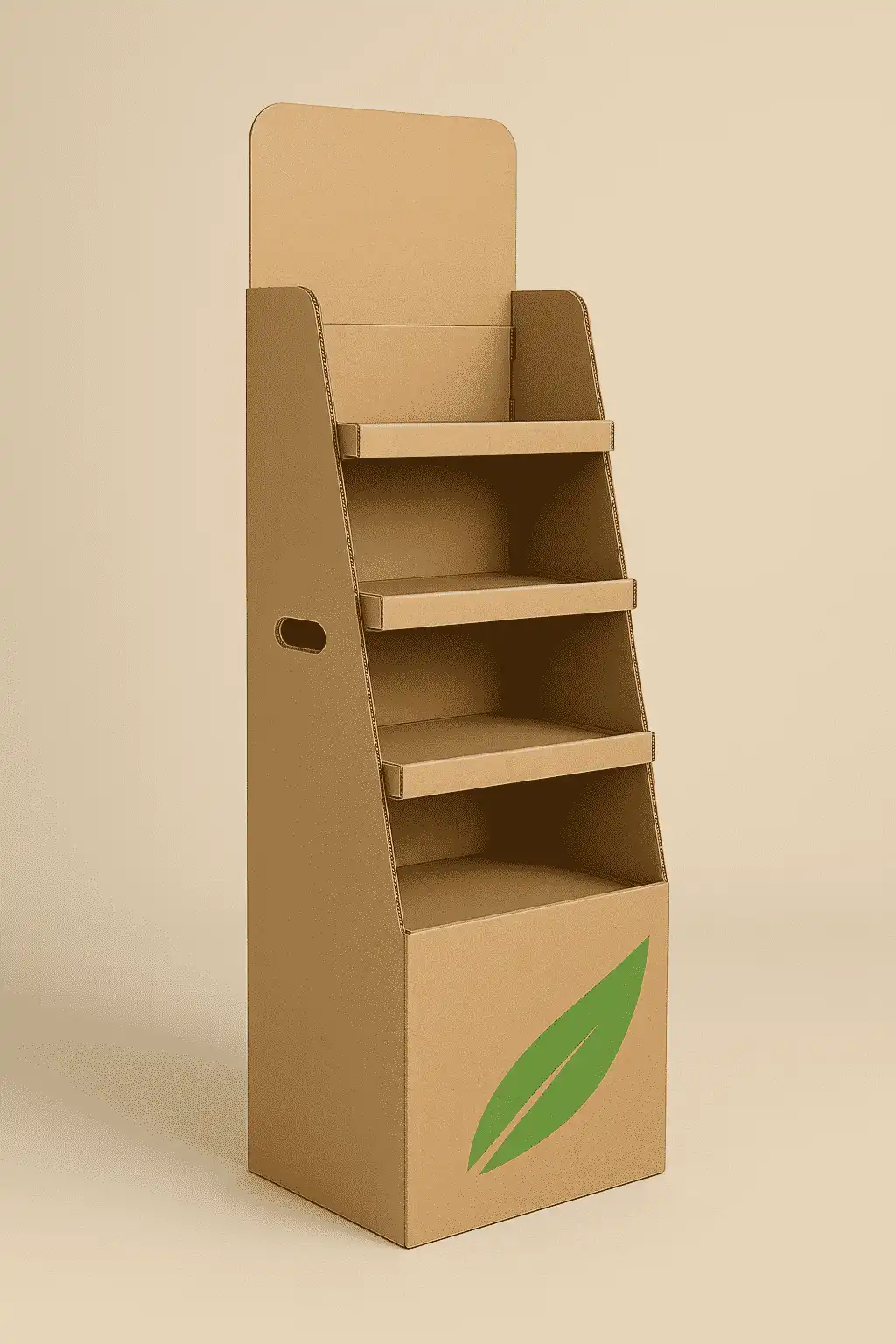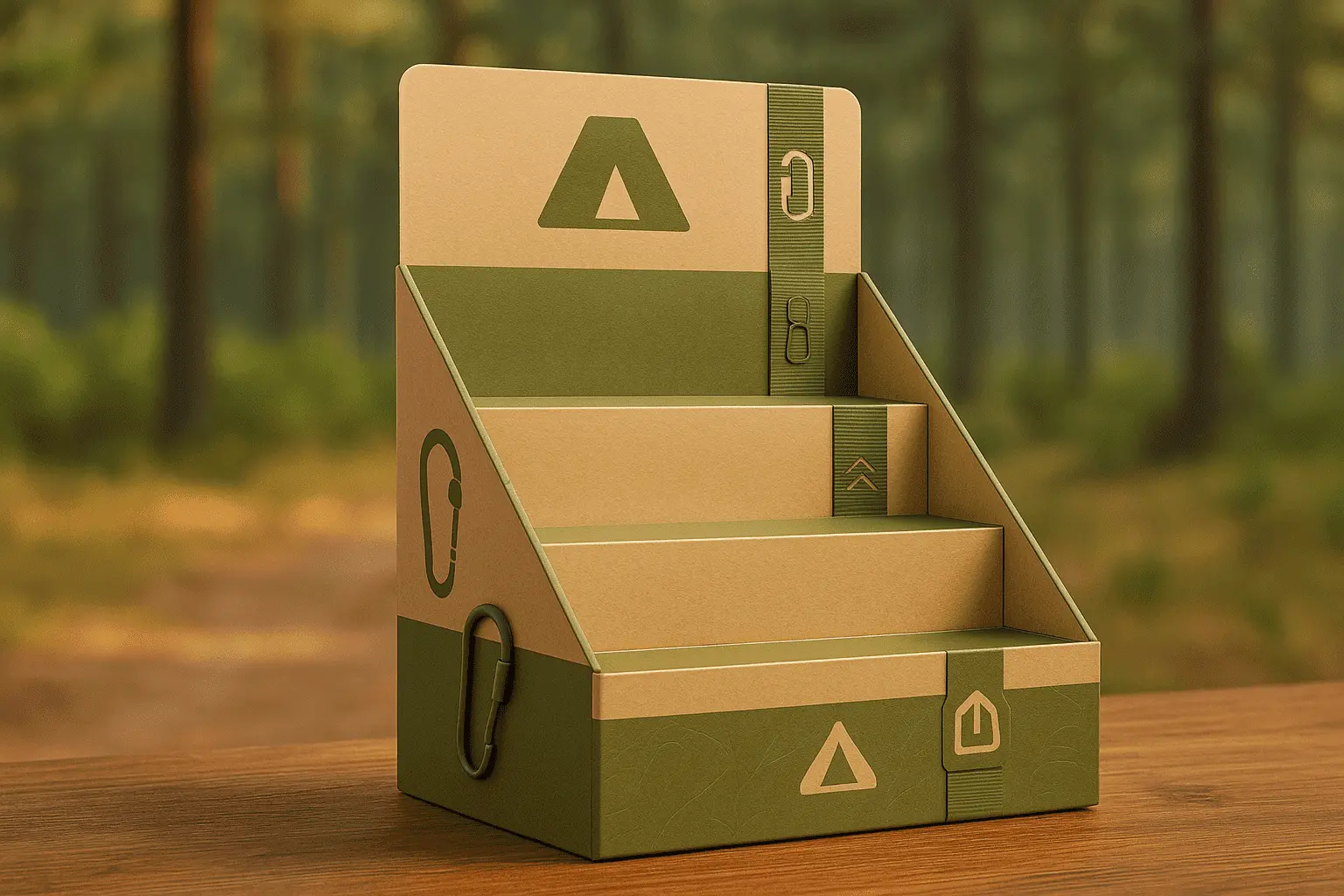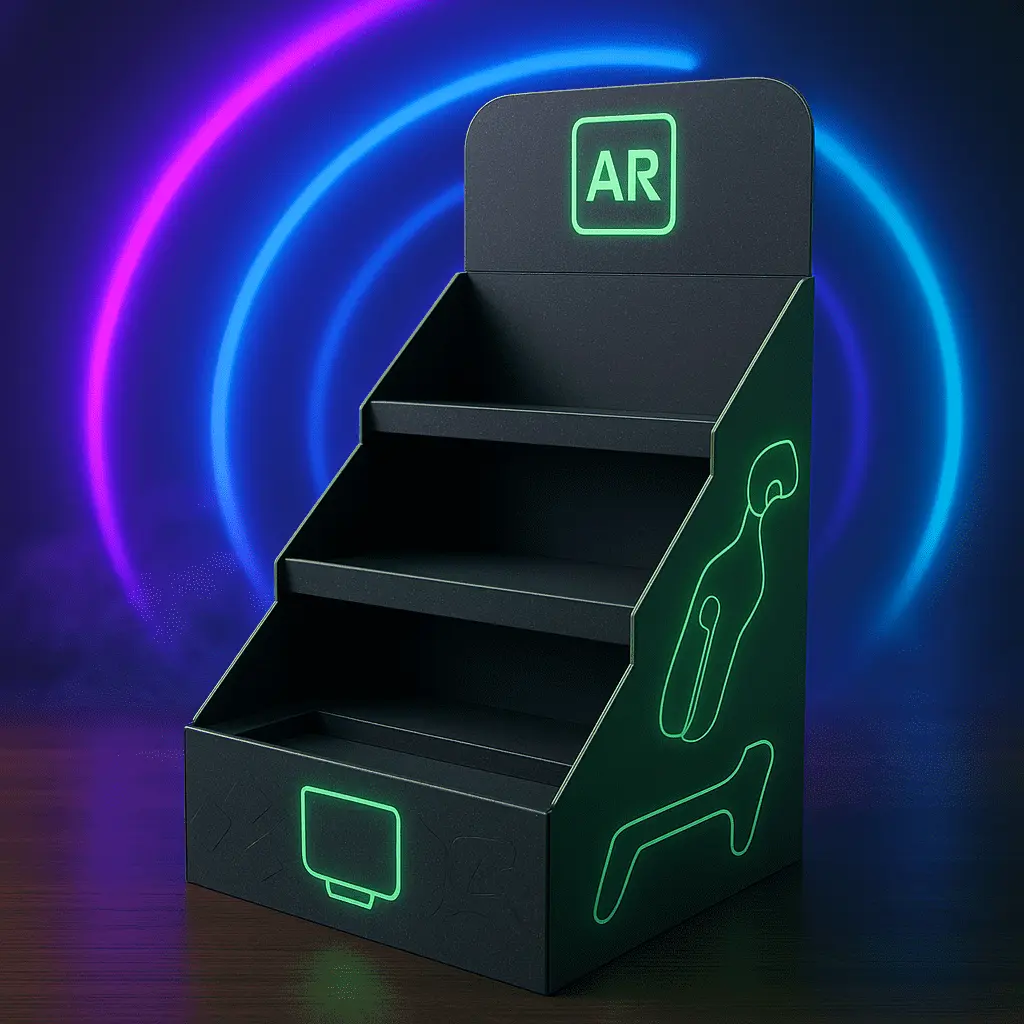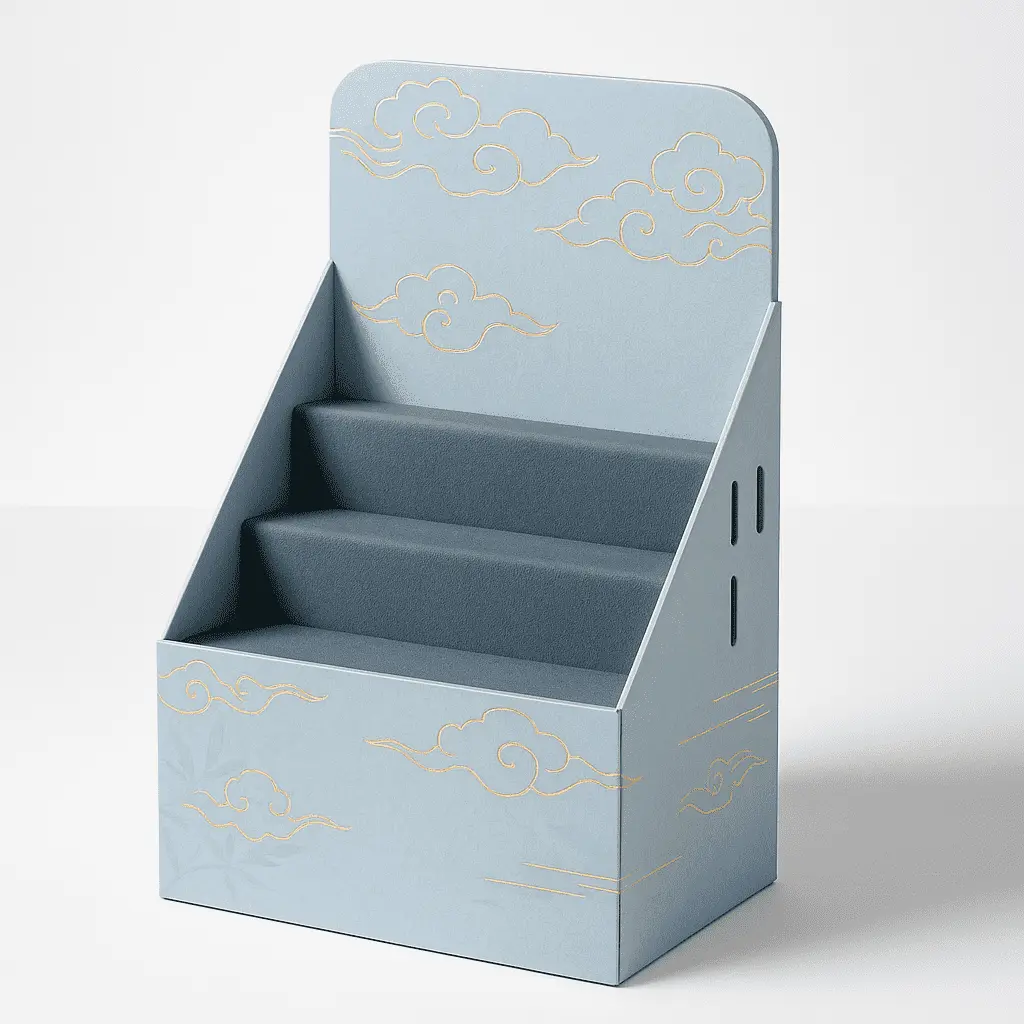Essential Preparation Steps for Storing Floor Display Stands
Cleaning and Inspecting Your Display Stands
Before storing your floor display stands, it's imperative to give them a thorough cleaning. Remove any dust, dirt, or debris that may have accumulated during use. This not only preserves the appearance of your stands but also prevents potential damage from abrasive particles. Use a soft, lint-free cloth and a mild cleaning solution suitable for the material of your display stands. For wooden stands, avoid water-based cleaners that could warp the surface. Instead, opt for specialized wood cleaners. For metal or plastic stands, a mixture of warm water and gentle soap usually suffices.
After cleaning, conduct a meticulous inspection of your floor display stands. Look for any signs of wear, loose components, or structural damage. Pay special attention to joints, hinges, and connection points, as these are often the first areas to show signs of stress. If you notice any issues, address them before storage. This might involve tightening screws, replacing worn parts, or reinforcing weak areas. By addressing these problems early, you'll prevent further deterioration during storage and ensure your stands are ready for immediate use when needed.
Disassembling and Organizing Components
Many floor display stands are designed for easy assembly and disassembly. Taking advantage of this feature can significantly simplify storage and reduce the risk of damage. Begin by carefully disassembling your stands, following the manufacturer's instructions if available. As you dismantle each stand, group similar components together. This organizational approach will make reassembly much easier and prevent the loss of small parts.
Create an inventory list of all components, including quantities and brief descriptions. This step is particularly helpful if you're storing multiple types of display stands or if storage will be long-term. Consider using resealable plastic bags or small boxes to keep hardware and smaller parts together. Label each container clearly with the contents and the stand it belongs to. For larger components, use color-coded tags or stickers to indicate which pieces belong together. This system will save time and reduce frustration when it's time to set up your displays again.
Selecting Appropriate Storage Materials
The choice of storage materials can significantly impact the longevity of your floor display stands. Invest in high-quality protective materials that are appropriate for the specific components of your stands. For delicate surfaces, such as glossy finishes or printed graphics, use acid-free tissue paper or soft foam sheets to prevent scratches and discoloration. Bubble wrap is excellent for providing cushioning to more robust parts, while corrugated cardboard sheets can be used to separate flat panels.
Consider the environmental conditions of your storage area when selecting materials. If humidity is a concern, opt for moisture-resistant packaging or include silica gel packets to absorb excess moisture. For metal components, consider using rust-inhibiting products or VCI (Volatile Corrosion Inhibitor) bags to prevent oxidation. When storing fabric elements of your display stands, use breathable garment bags to protect against dust while allowing air circulation. By choosing the right storage materials, you'll create a protective environment that preserves the quality and appearance of your floor display stands during their time in storage.
Effective Transportation Techniques for Floor Display Stands
Packaging Strategies for Secure Transit
When it comes to transporting floor display stands, proper packaging is paramount. Begin by wrapping each component individually in protective materials. For larger, flat pieces, use corrugated cardboard sheets between layers to prevent scratching. Utilize corner protectors for any sharp edges or vulnerable points. When packing multiple components in a single box, place heavier items at the bottom and lighter ones on top. Fill any void spaces with packing peanuts or crumpled paper to prevent movement during transit.
For particularly fragile or valuable display stand elements, consider double-boxing. This involves placing the wrapped item in a smaller box, surrounding it with cushioning material, and then placing that box inside a larger one with additional padding. This method provides an extra layer of protection against impacts and compression. If your display stands include electronic components or LED lighting, use anti-static packaging materials to prevent damage from electrostatic discharge. Label each box clearly with contents, handling instructions, and directional arrows to ensure proper orientation during transport.
Choosing the Right Transportation Method
The method of transportation you choose can significantly impact the safety of your floor display stands. For local or short-distance moves, a well-equipped van or truck with proper tie-downs may suffice. Ensure the vehicle has a clean, dry cargo area and use non-slip mats to prevent boxes from sliding. For longer distances or larger quantities, consider using a professional shipping service specializing in fragile or oversized items. These services often have experience handling display materials and can provide additional protection measures.
If air freight is necessary, be aware of any restrictions on materials or packaging. Some airlines have specific requirements for items like lithium batteries often found in electronic displays. For international shipping, familiarize yourself with customs regulations and documentation requirements to avoid delays. Regardless of the transportation method, consider purchasing insurance for valuable display stands. This provides an extra layer of financial protection in case of unforeseen circumstances during transit.
Handling and Loading Best Practices
Proper handling during the loading and unloading process is crucial for preventing damage to your floor display stands. Train your team on correct lifting techniques to avoid injury and protect the integrity of the stands. For heavier components, use dollies or hand trucks to minimize manual handling. When loading vehicles, distribute weight evenly and secure items to prevent shifting during transport. Use load bars, straps, or cargo nets to keep boxes in place.
Create a loading plan that considers the order of delivery if you're transporting stands to multiple locations. Place items that will be unloaded first near the vehicle's doors for easy access. If stacking is necessary, follow any "Do Not Stack" labels and avoid placing heavy items on top of lighter or more fragile components. During transit, periodically check and adjust the load if possible to ensure items remain secure. By implementing these handling and loading best practices, you'll significantly reduce the risk of damage to your floor display stands during transportation.
Long-Term Storage Solutions for Floor Display Stands
Climate-Controlled Storage Environments
Creating an optimal storage environment is crucial for the long-term preservation of floor display stands. Climate control is a key factor in preventing damage caused by temperature fluctuations and humidity. Aim for a consistent temperature between 60-75°F (15-24°C) and relative humidity levels between 40-50%. These conditions help prevent warping, mold growth, and material degradation. If a fully climate-controlled space isn't available, consider using dehumidifiers or moisture-absorbing products to manage humidity levels.
In addition to temperature and humidity control, protect your display stands from direct sunlight and UV exposure. Prolonged exposure can cause fading, yellowing, or brittleness in certain materials. If windows are present in your storage area, use UV-blocking films or curtains. For added protection, cover your packaged display stands with light-blocking tarps or sheets. By maintaining a stable, controlled environment, you'll significantly extend the lifespan and maintain the quality of your floor display stands during long-term storage.
Organizing for Easy Access and Inventory Management
Efficient organization of your stored floor display stands not only maximizes space but also facilitates easy access and inventory management. Implement a logical storage system based on frequency of use, size, or type of display stand. Use shelving units or pallet racking to keep items off the floor and maximize vertical space. Ensure there's adequate aisle width for safe maneuvering when retrieving stands.
Develop a detailed inventory system to track the location and condition of each display stand. This could involve creating a digital database or using barcode labels for quick scanning and updating. Regularly conduct inventory checks to ensure all items are accounted for and in good condition. Consider implementing a check-out system if multiple team members access the storage area. This helps maintain accountability and prevents misplacement of items. By organizing your storage space effectively, you'll save time, reduce the risk of damage from excessive handling, and always know the status of your floor display stand inventory.
Maintenance Schedule for Stored Display Stands
Even in storage, floor display stands require periodic maintenance to ensure they remain in optimal condition. Establish a regular maintenance schedule based on the materials and complexity of your stands. For example, wooden components may need occasional treatment with appropriate wood preservatives, while metal parts might benefit from light oiling to prevent rust.
During maintenance checks, unpack and inspect each stand for signs of degradation, pest infestation, or unexpected damage. This is also an opportunity to clean the stands and refresh any protective coverings. If your display stands include electronic components, periodically test them to ensure they're still functioning correctly. Batteries in LED displays should be removed and stored separately to prevent leakage. Document each maintenance session, noting any repairs or replacements made. This record-keeping helps track the lifespan of your display stands and informs decisions about when to retire or replace them. By adhering to a consistent maintenance schedule, you'll catch potential issues early and ensure your floor display stands remain ready for use whenever needed.
Conclusion
Properly storing and transporting floor display stands is essential for maintaining their quality and extending their lifespan. By following the comprehensive guidelines outlined in this article, you can ensure that your valuable marketing assets remain in pristine condition, ready for use when needed. From thorough cleaning and careful disassembly to selecting appropriate storage materials and implementing effective transportation techniques, each step plays a crucial role in preserving your display stands. Remember to consider long-term storage solutions, including climate control and regular maintenance, to protect your investment. With these strategies in place, you'll minimize damage, reduce replacement costs, and maintain the professional appearance of your floor display stands for years to come.
FAQs
1. How often should I inspect stored floor display stands?
It's recommended to inspect stored display stands at least every 3-6 months, depending on storage conditions.
2. Can I store different types of display stands together?
Yes, but ensure they're properly separated and protected to prevent damage from contact.
3. What's the best way to prevent moisture damage during storage?
Use moisture-resistant packaging, maintain proper ventilation, and consider using dehumidifiers or moisture-absorbing products in the storage area.
4. How long can floor display stands typically be stored without degradation?
With proper storage conditions, display stands can be stored for several years without significant degradation.
5. Should I fully assemble display stands before transporting them?
It's generally safer to transport display stands disassembled to reduce the risk of damage and make handling easier.
Professional Floor Display Stand Solutions | Fetching Printing
At Fetching Printing, we understand the importance of high-quality floor display stands for your marketing needs. As a leading supplier and manufacturer, we offer customized solutions tailored to your specific requirements. Our expert team ensures that each display stand is designed for easy storage and safe transportation. With our state-of-the-art factory and extensive experience, we deliver superior products that stand the test of time. Contact us at support@fetchingprinting.com to discover how we can elevate your brand presentation with our innovative floor display stand solutions.
References
Smith, J. (2022). "Best Practices for Display Stand Storage in Retail Environments." Journal of Visual Merchandising, 15(3), 78-92.
Johnson, A. & Brown, T. (2021). "Transportation Logistics for Point-of-Purchase Displays." International Journal of Retail Logistics, 8(2), 145-160.
Lee, S. (2023). "Long-term Storage Solutions for Marketing Materials." Marketing Asset Management Quarterly, 12(1), 33-48.
Garcia, M. et al. (2022). "Impact of Climate Control on the Longevity of Display Materials." Journal of Exhibition Design, 19(4), 202-218.
Thompson, R. (2021). "Inventory Management Strategies for Retail Display Assets." Retail Operations Management Review, 7(3), 112-127.
Wilson, K. (2023). "Sustainable Practices in POP Display Lifecycle Management." Green Retail Initiative Publications, 5(2), 55-70.





